Type C Earphones How To Use?
As technology advances, the market is constantly offering new and improved versions of common electronic devices. Among these are Type-C earphones, which come with a USB-C connector instead of the traditional 3.5mm audio jack. With many smartphones and laptops now featuring USB-C ports, learning how to use Type-C earphones effectively can enhance your listening experience. This article aims to provide a comprehensive guide on utilizing Type-C earphones, addressing various aspects to ensure you make the most of this innovative technology.
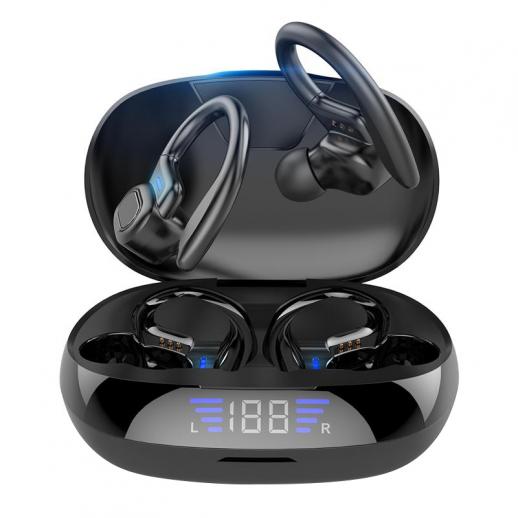
What Are Type-C Earphones?
Type-C earphones are earphones that come with a USB-C connector. This type of connector is reversible, meaning you can plug it in either way, and it provides multiple functionalities, including audio output, charging, and data transfer. Unlike the traditional 3.5mm earphones, Type-C earphones can deliver high-quality audio by supporting digital-to-analog conversion and higher power delivery.
Why Choose Type-C Earphones?
Before we dive into the practicalities, let’s understand why you might opt for Type-C earphones:
1. Enhanced Audio Quality: Many Type-C earphones come with built-in Digital Signal Processing (DSP) and Digital to Analog Converters (DACs), which significantly improve audio quality.
2. Device Compatibility: With the increasing number of devices lacking a 3.5mm jack, Type-C earphones are becoming a necessity. They are compatible with many modern smartphones, laptops, and tablets.
3. Convenience: A single port for audio, charging, and data transfer reduces the number of connectors and cables you need to carry around.
Step-by-Step Guide on Using Type-C Earphones
1. Check Compatibility
Before purchasing Type-C earphones, ensure that your device supports audio output via the USB-C port. Not all USB-C ports support audio output, as some are designed solely for charging or data transfer. Refer to your device manual or official website for compatibility details.
2. Connecting the Earphones
Simply connect the Type-C plug of the earphones into the USB-C port of your device. Due to the reversible nature of USB-C, there's no need to worry about the direction of insertion.
3. Adjust Sound Settings
Once connected, your device should automatically recognize the earphones. However, you may need to configure audio settings:
- For Android Devices: Navigate to Settings > Sound > Audio Output and select the USB option if it doesn't automatically switch.
- For Windows Laptops: Right-click on the sound icon in the taskbar, select 'Playback devices,' and choose your USB earphones as the default device.
- For MacBook: Go to System Preferences > Sound > Output and select your USB earphones.
4. Using Built-in Features
Many Type-C earphones come with built-in features like volume control, play/pause buttons, and even call control.
- Volume Control: Use the built-in volume buttons on the earphones to adjust the volume.
- Play/Pause: Use the play/pause button to start or stop your music.
- Answer/End Calls: If your earphones have a built-in microphone, you can use them to answer or end calls with the designated button.
5. Firmware Updates
Some high-end Type-C earphones come with firmware that can be updated for enhanced functionality or performance improvements. Check the manufacturer’s website or app for available updates and follow their instructions for installation.
6. Maintaining Your Earphones
Keep your earphones free from moisture and physical damage. Use a soft cloth to clean them and store them in a case to prevent tangling or external damage.
Troubleshooting Common Issues
1. No Sound Output
If there's no sound output when you connect your Type-C earphones:
- Check Compatibility: Ensure your device supports audio output via USB-C.
- Inspect the Earphones and Port: Look for any visible damage to the earphones or the USB-C port.
- Restart Your Device: A simple restart can often resolve minor connectivity issues.
- Update Drivers/Firmware: Make sure all necessary drivers and firmware are up to date.
2. Low Audio Quality
If you experience low audio quality:
- Inspect the Connection: Ensure a secure connection between the earphones and the device.
- Audio Settings: Check and adjust the device's audio settings.
- Firmware Update: Install any available firmware updates for your earphones.
3. Intermittent Connection
If the audio cuts in and out:
- Check for Loose Connections: Ensure the USB-C connection is tight.
- Check for Interference: Move away from potential sources of interference, such as other electronic devices.
Benefits and Drawbacks of Type-C Earphones
Benefits
1. Superior Audio Quality: Many Type-C earphones offer better audio quality due to their built-in DACs.
2. Multi-functionality: Apart from audio, they can also support charging and data transfer functions.
3. Future-Proof: As more devices adopt USB-C ports, Type-C earphones will likely remain compatible with future gadgets.
Drawbacks
1. Compatibility Issues: Not all devices support audio through USB-C ports, which can be a significant limitation.
2. Battery Consumption: Type-C earphones can consume more power than their 3.5mm counterparts.
3. Cost: They can be more expensive compared to traditional earphones.
Switching to Type-C earphones might initially seem daunting, especially with compatibility and configuration considerations. However, the benefits of enhanced audio quality, device compatibility, and convenience make them a worthy investment. By following the steps outlined in this guide, you can seamlessly integrate Type-C earphones into your daily routine, ensuring a superior listening experience.
Whether you're a casual listener or an audiophile, understanding how to use Type-C earphones effectively can significantly enhance your audio experience. With continued advancements in technology, staying updated on the latest trends and adapting accordingly will keep you ahead of the curve. Enjoy your upgraded audio journey with Type-C earphones!


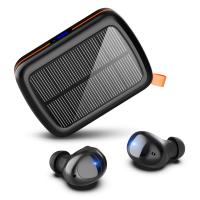

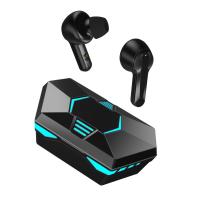




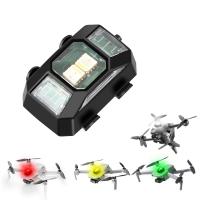



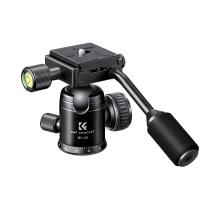





















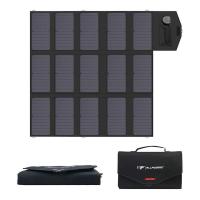




There are no comments for this blog.